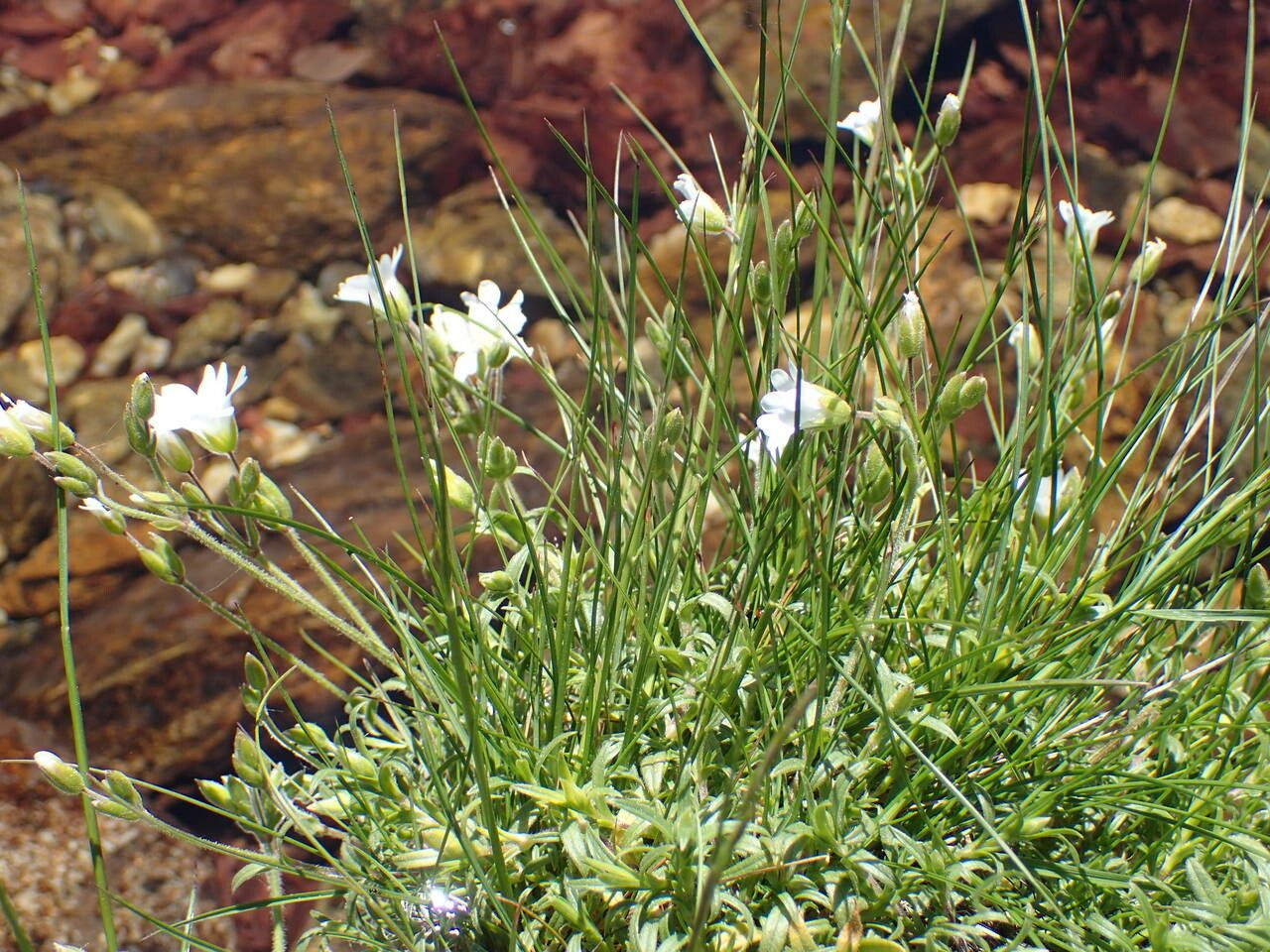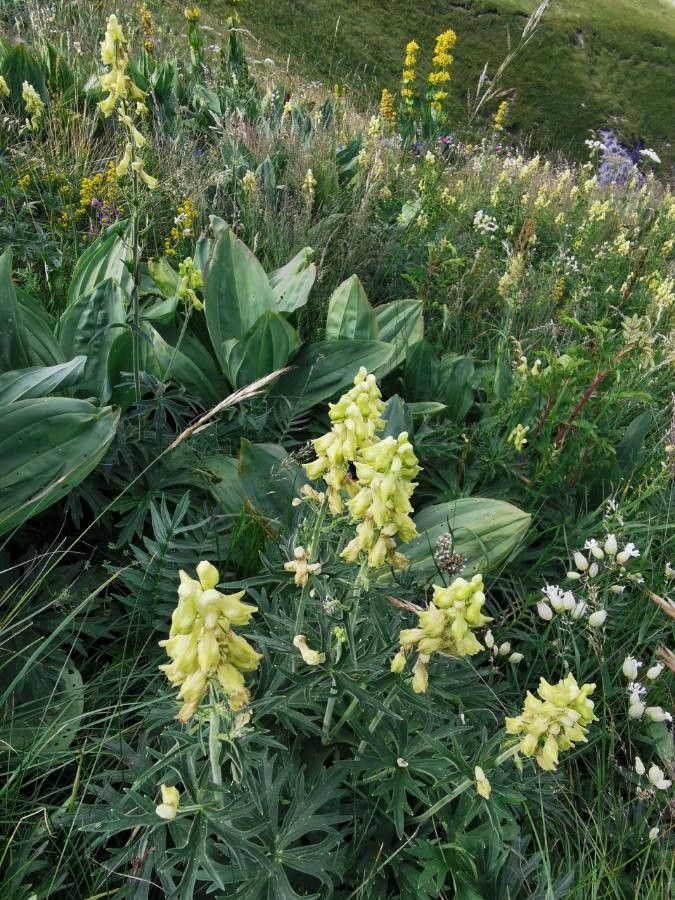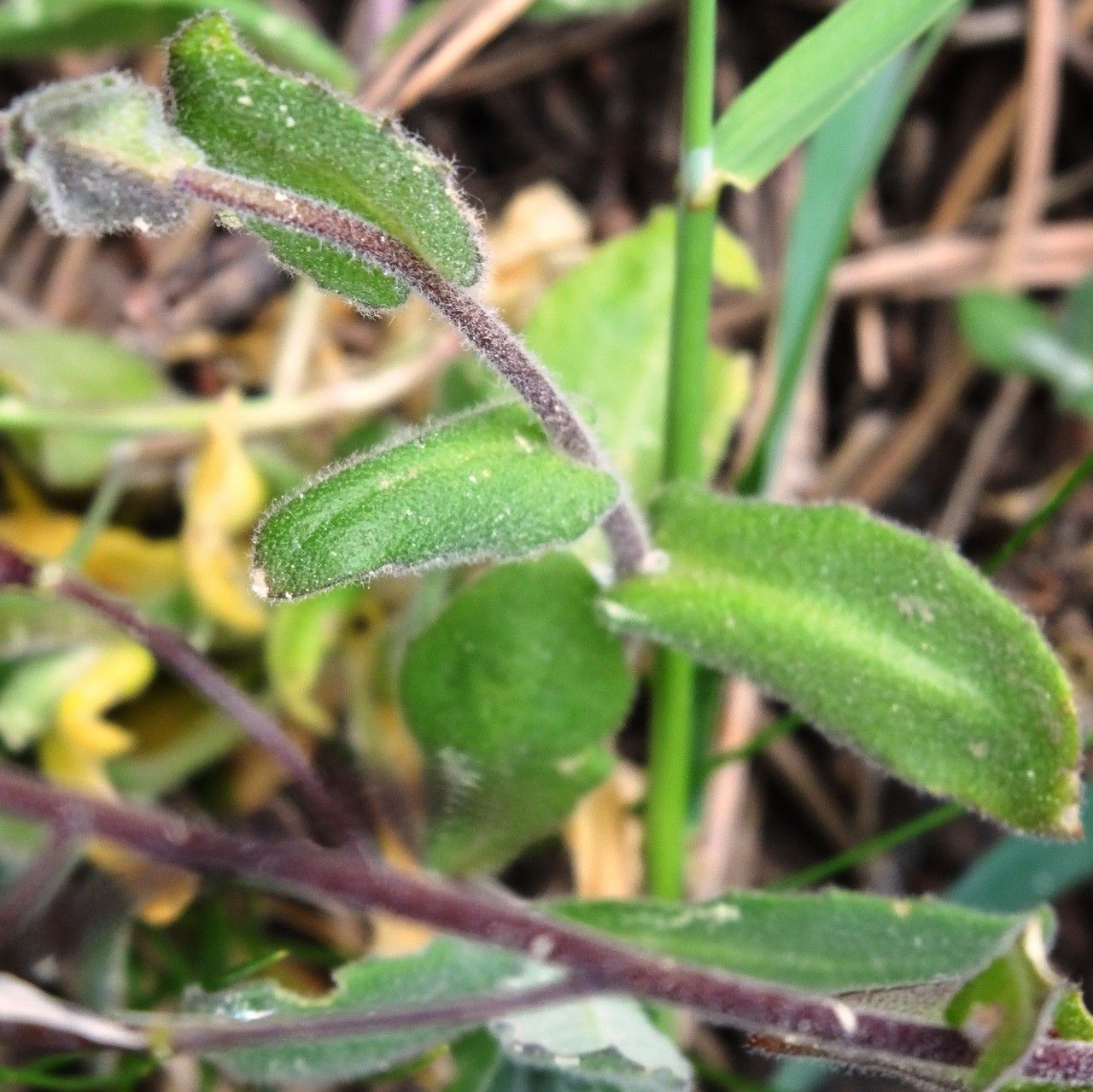### Common Sowthistle: A Comprehensive Guide
Common sowthistle (Sonchus oleraceus), a member of the Asteraceae family (also known as the daisy or sunflower family), is a widespread annual or biennial weed found across the globe. While often considered a nuisance in gardens and cultivated fields, this prolific plant holds some interesting characteristics and a surprisingly rich history. This guide will delve into its identification, habitat, growth habits, and effective control methods.
### Identification
Recognizing common sowthistle is crucial for effective management. Key identifying features include:
* **Leaves:** Deeply lobed and toothed, with a milky sap exuding when broken. The leaves are typically a soft, light green and clasp the stem.
* **Stem:** Erect and branching, often hollow, with a glaucous (bluish-green) bloom.
* **Flowers:** Bright yellow, daisy-like flower heads that bloom from spring to autumn. These are borne in clusters at the top of the plant.
* **Seeds:** A fluffy pappus (a tuft of fine hairs) facilitates wind dispersal, making seed spread incredibly efficient.
### Habitat and Growth
Common sowthistle thrives in disturbed soils, often appearing in cultivated land, gardens, waste areas, roadsides, and even cracks in pavements. It prefers full sun to partial shade but is adaptable to various conditions. Its rapid growth and prolific seed production allow it to quickly colonize suitable areas. The seeds germinate easily, often in large numbers, ensuring its persistence in the environment.
### Control Methods
Effective control of common sowthistle often involves a multi-pronged approach:
* **Hand Pulling:** Effective for small infestations, especially when plants are young. Be sure to remove the entire root system to prevent regrowth. Wear gloves as the milky sap can be irritating to some individuals.
* **Hoeing:** Regularly hoeing can prevent seed germination and remove young seedlings before they establish.
* **Mulching:** A thick layer of mulch can suppress weed growth by blocking sunlight and reducing soil moisture.
* **Herbicides:** For larger infestations, selective herbicides can be effective. Always follow the manufacturer’s instructions carefully and consider the potential impact on surrounding plants.
### Culinary and Medicinal Uses
Historically, common sowthistle has been used as a food source. Young leaves can be consumed as a cooked green, and some cultures utilize the plant for medicinal purposes, traditionally using it for various ailments. However, it's crucial to consult with a healthcare professional before using it for medicinal purposes. Always identify the plant correctly and verify its edibility before consumption.
### Ecological Considerations
While often viewed as a weed, common sowthistle provides nectar and pollen for pollinators. Its role in the ecosystem is complex, and its management should balance the needs of humans with the ecological context.
Common sowthistle is a resilient plant, adapting readily to various environments. Understanding its characteristics and utilizing appropriate control methods is essential for effective management in gardens and cultivated areas.
Common Sowthistle: ID, Growth & Control

Frequently Asked Questions
How to get rid of common sowthistle?
Control methods include hand-pulling (remove entire root), hoeing, mulching, and selective herbicides. The best approach depends on the infestation size and surrounding plants.
Is common sowthistle poisonous to humans?
Common sowthistle is generally not considered poisonous to humans, but the milky sap can be irritating to some people's skin. It is not recommended for consumption unless properly identified and prepared.


